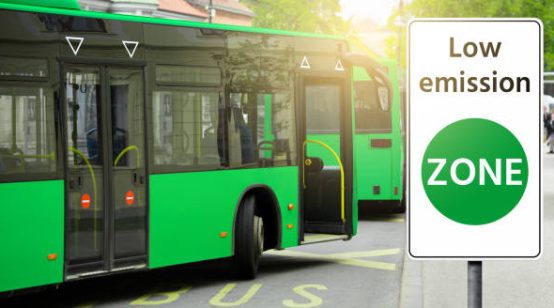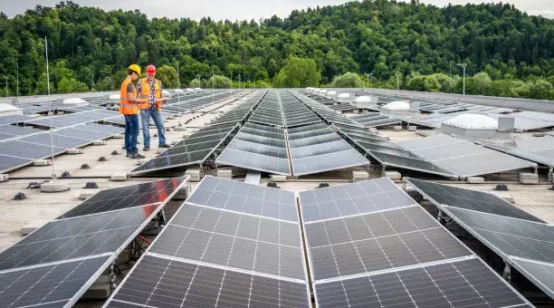
As the EU looks to boost electric vehicle use to deliver a sustainable transport system, green credentials need to be maximised across the life cycle with nickel being suggested as key to boosting efficiency and lowering costs.
Three out of five new cars and vans sold in the EU will need to be ultra-low emission vehicles (ULEVs) by 2030 if targets are approved.
Proposed EU targets say 60 per cent of new cars and vans sold by 2030 must emit less than 75g/km of CO2. The targets call for a 44-per-cent reduction on 2016 emissions levels by 2030.
Nickel might offer the key to meeting ambitious targets.
An engine’s raw materials, manufacturing and recycled must be factored into the development of vehicles.
Batteries must be assessed on the availability and cost of raw material, the manufacturing processes and disposal of spent batteries.
Scarce metals, including lithium and cobalt, which are hard to recycle, have come into focus and cobalt doubled in price last year.
But the relative amount of cobalt and other rare metals in batteries is falling, while the amount of nickel, which is already the largest element in electric vehicle batteries, is increasing.
The cost, power and incentives to recycle batteries should improve as a result, said Mark Mistry of the Nickel Institute. “And nickel metal itself is fully recyclable without loss of quality,” he said. “It is not consumed in battery production or use. There is no shortage of nickel resources for making electric vehicle batteries. It is the fifth most common element on Earth and occurs extensively in the planet’s crust.”
Demand for nickel for electric vehicles is forecast to climb to around 500,000 tonnes by 2030, according to market analyst Roskill.
Mistry added: “Since current global production of nickel is about 2 million tonnes per annum, there is really no problem with resource availability.”
Nickel is mined in more than 40 countries, meaning there is little geopolitical risk to resources.
But cost is currently an issue with nickel quoted at twice the price of copper on the London Metal Exchange.
Two technologies are currently reportedly being considered the frontrunners for car technology.
Both are nickel-based with one using nickel, manganese and cobalt (NMC) and other nickel, cobalt and aluminium (NCA). “The cathode in the NMC-type battery is comprised of about 30-per-cent nickel, that in the NCA battery is about 80-per-cent nickel. In fact, while the two battery technologies are both called lithium-ion, nickel is by far the largest element in each of them,” Mistry was quoted saying.
Nickel increases a battery’s energy density, which determines battery power and endurance.
“The more nickel we can incorporate into a battery, subject to design and manufacturing constraints of course, then the higher the energy density. For an electric vehicle, this determines the all-important issue of range,” he added.
Vale nickel mine in Manitoba, Canada. Picture credit: Wikimedia





